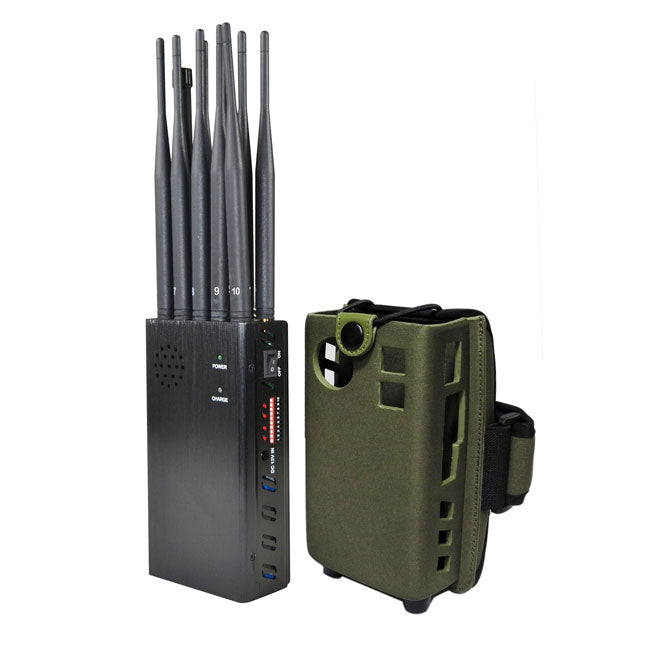Cell phone signal jammer heat dissipation type
In order to shield the signal, the cell phone signal jammer needs to be turned on for a long time, so when using it, it must dissipate heat in time to prevent the accessories inside from overheating and causing the jammer to malfunction. There are two types of heat dissipation. Which two are they specifically? ?
1. Natural heat dissipation
High-power signal jammers that use natural heat dissipation generally use fully sealed heat dissipation shells. The host is the shell, and the shell is the radiator. The switching power supply, radio frequency module and other components used by all devices are all integrated inside the device. The shell material is generally It is aluminum and is die-cast with different molds.
It is generally used in places with harsh external environments, such as places with a lot of sand and dust, or places that need to be equipped with explosion-proof boxes, such as gas stations, oil depots, hazardous chemicals warehouses, etc. Generally It is required to have wide coverage, strong ability to adapt to harsh environments, and ensure the normal operation of the internal RF module through natural heat dissipation.

2. Auxiliary fan cooling
There are many types of high-power signal blockers that use auxiliary fans to dissipate heat. The radiators used are mainly aluminum profiles. They are cut and then installed in the chassis shell, and the RF module and power light components are installed in the chassis. The heat dissipation is divided into two parts. One part is to extract the heat from inside the chassis and send the air from outside the chassis to the inside to form air convection and transport the heat to the external environment. The second part is to install the fan in the heat dissipation tooth area corresponding to the radiator module, and then the fan dissipates heat to the place that generates more heat to ensure the normal operation of the internal RF module.
The mobile phone signal jammer must dissipate heat and dissipate the heat in a timely manner to prevent the body from overheating. The heat dissipation types are introduced above. When we use it, we must dissipate heat in time and clean it after a period of time.













